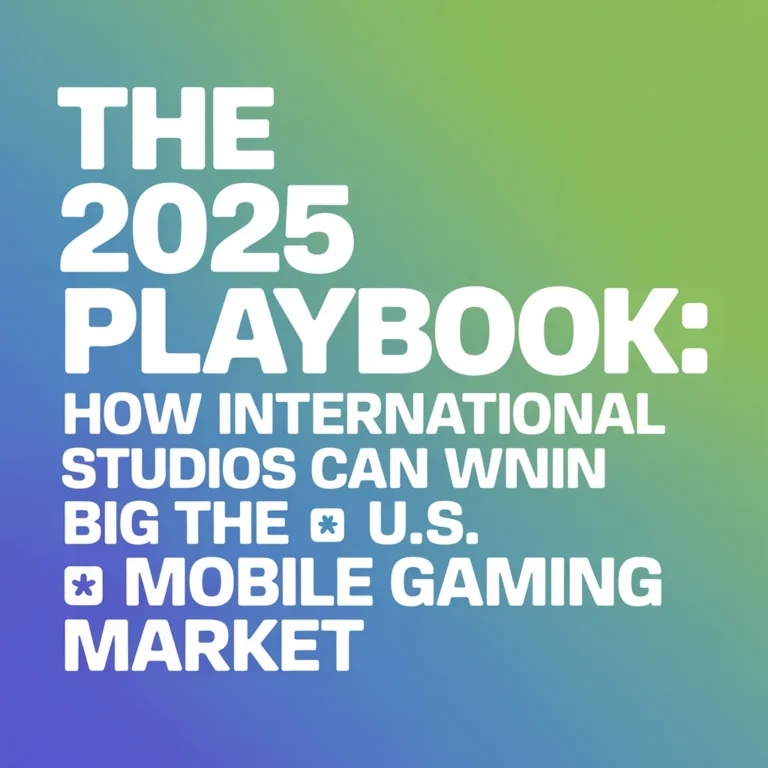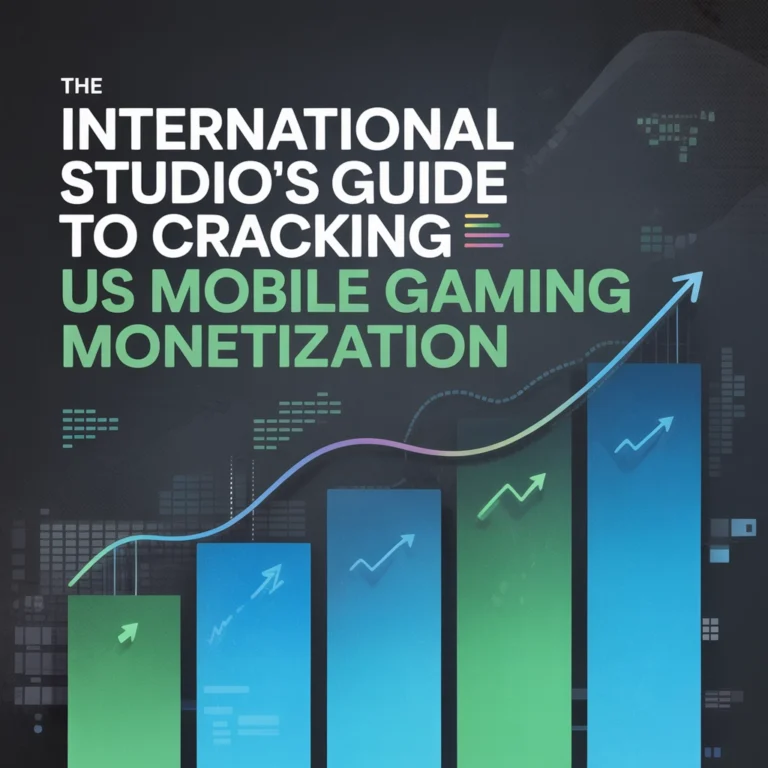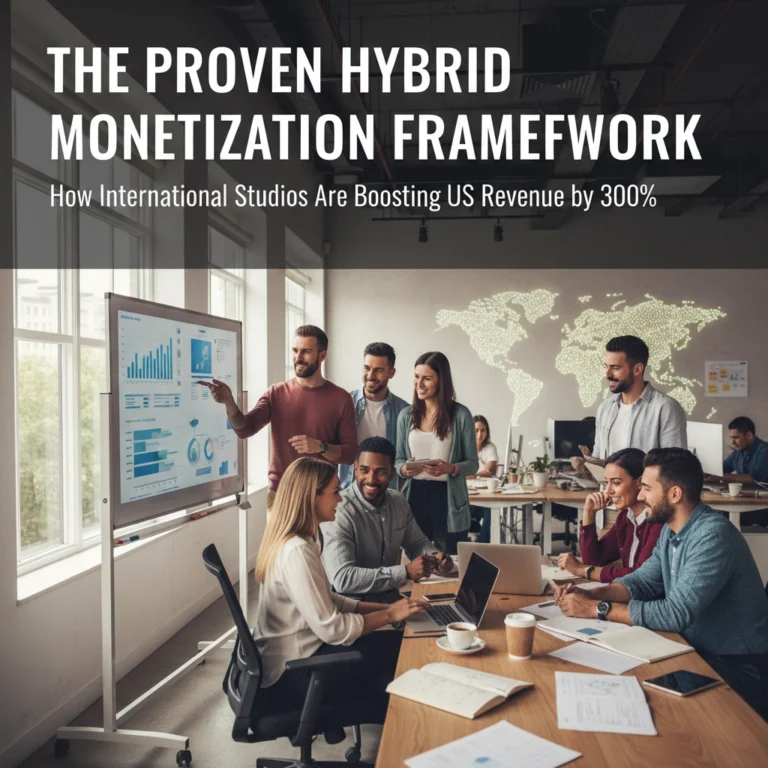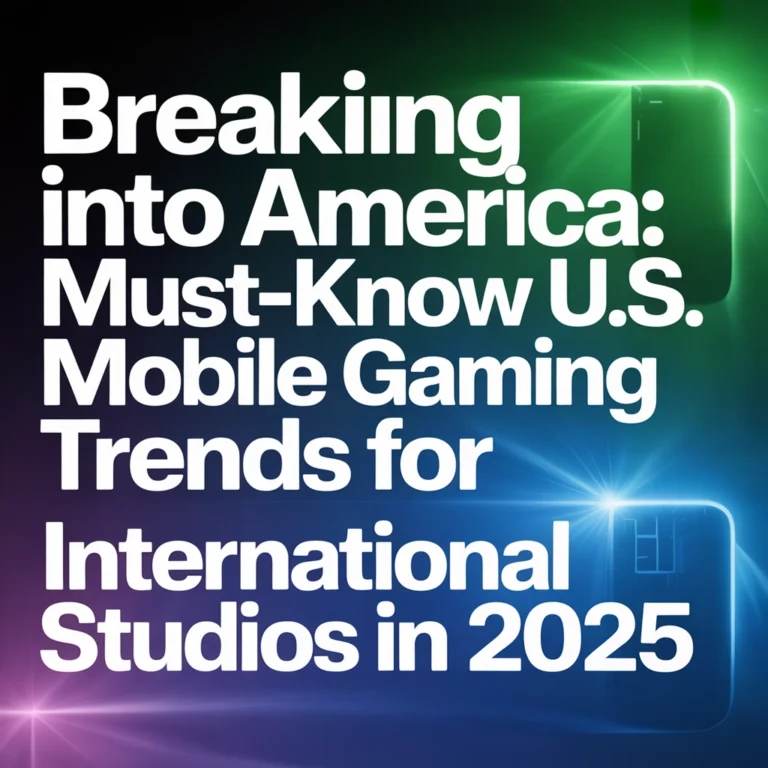Stop Wasting Ad Spend on Creative Fatigue: 7 Quick Hacks to Dominate US Mobile Gaming Advertising
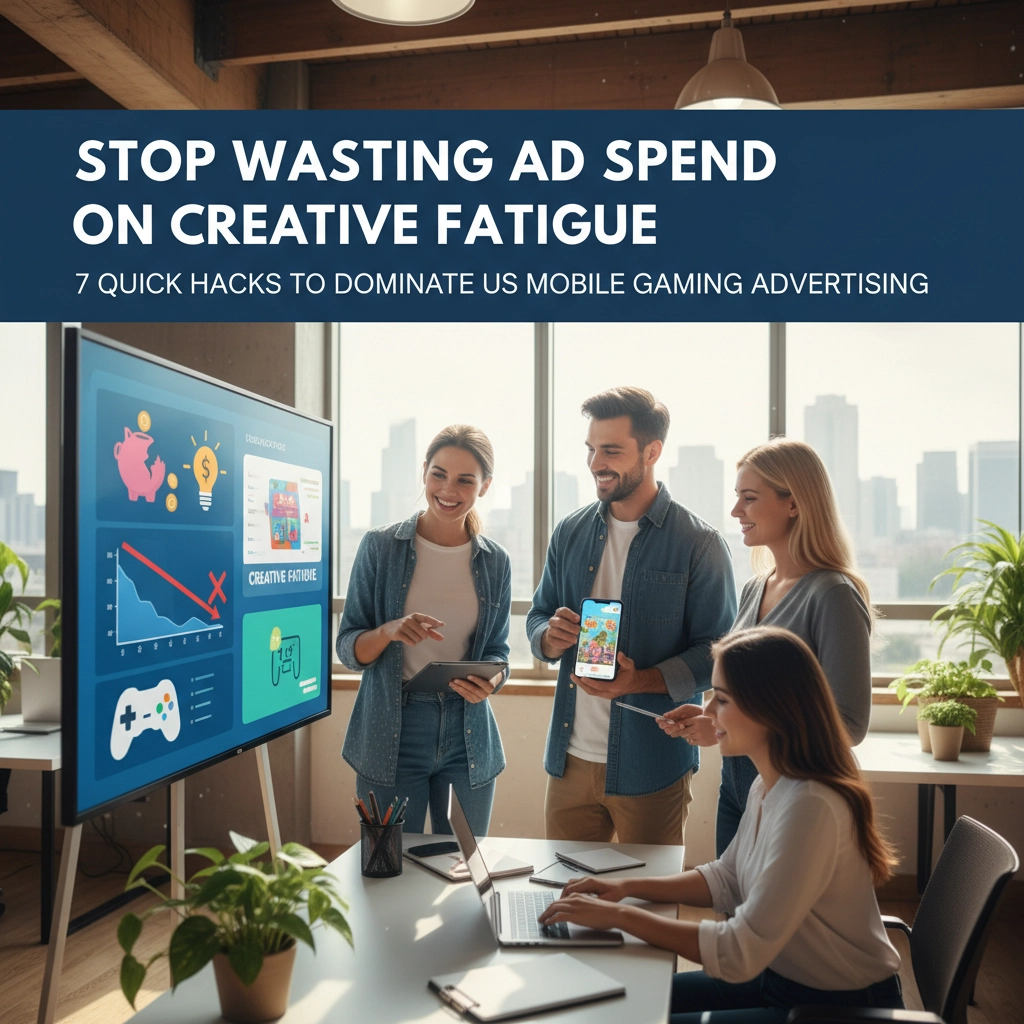
Picture this: Your mobile game's ad campaign is crushing it in week one. Click-through rates are soaring, cost per install is dropping, and downloads are flowing in. Then week three hits, and suddenly everything tanks. Your CTR plummets, CPA skyrockets, and you're left wondering what went wrong.
Welcome to creative fatigue: the silent budget killer that's plaguing international studios trying to crack the US mobile gaming market.
Creative fatigue happens when your target audience gets bored seeing the same ads over and over. In high-frequency markets like the US, where users are bombarded with mobile game ads daily, campaigns can burn out faster than you can say "install now." The result? Wasted ad spend, declining performance, and frustrated marketing teams scratching their heads.
But here's the good news: creative fatigue isn't a death sentence for your campaigns. With the right strategies, you can keep your ads fresh, engaging, and profitable. Let's dive into seven battle-tested hacks that'll help you dominate US mobile gaming advertising without burning through your budget.
Hack 1: Master the Art of Modular Creative Rotation
Think of your creative assets like a wardrobe: you wouldn't wear the same outfit every day, so why show the same ad creative repeatedly?
Build a modular system where you create interchangeable components: headlines, visuals, call-to-action buttons, and background elements that can be mixed and matched automatically. This isn't just about creating multiple ads; it's about creating a sustainable system that prevents audience overexposure.
Start by developing 5-7 variations of each component. For headlines, test different emotional triggers: curiosity ("Can you solve this puzzle?"), urgency ("Limited time offer!"), and social proof ("Join millions of players!"). For visuals, rotate between gameplay footage, character art, and reward showcases.
Set up rotation schedules that cycle through different combinations every 3-7 days. Remember, the smaller your target audience and geographic focus, the faster they'll tire of seeing the same creatives. US metro areas with dense gaming populations need more frequent rotations than broader national campaigns.

Hack 2: Leverage AI-Powered Dynamic Creative Optimization
Artificial intelligence isn't just a buzzword: it's your secret weapon against creative fatigue. Dynamic Creative Optimization (DCO) uses AI to automatically generate and test thousands of ad variations, delivering the most relevant combination to each user.
Modern DCO platforms can optimize for specific metrics like clicks, installs, or in-app purchases. They analyze user behavior patterns, demographic data, and engagement history to serve personalized creative combinations that feel fresh to each individual.
Set up your DCO system to test different gameplay moments, character combinations, and reward structures. Configure targeting rules that determine which asset combinations work best for different audience segments: casual puzzle gamers might respond better to relaxing visuals, while strategy game fans prefer competitive elements.
The beauty of AI-driven optimization is that it learns continuously. As campaign performance data flows in, the system refines its understanding of what works for each micro-audience, automatically adjusting creative delivery to maintain peak performance.
Hack 3: Focus on Core Gameplay Micro-Moments
US mobile gamers have notoriously short attention spans: you have about 3 seconds to hook them before they scroll past your ad. Instead of lengthy intros or complex storylines, lead with pure gameplay gold.
Identify the most satisfying 3-5 second moments in your game: that perfect match-three cascade, a strategic battle victory, or a character leveling up. These micro-moments should instantly communicate your game's core appeal and trigger the desire to experience that satisfaction firsthand.
Start your video ads with close-up shots of the main action. If you're promoting a puzzle game, show colorful pieces connecting with satisfying sound effects. For RPG games, highlight epic spell effects or character transformations. Skip the setup: jump straight to the payoff.
Test different gameplay moments to see which ones resonate most with your target audience. A racing game might perform better showing drift sequences rather than straight-line speed, while a city-builder might focus on construction animations rather than finished cities.
Hack 4: Make Strategic Creative Micro-Adjustments
You don't always need to reinvent the wheel to combat creative fatigue. Sometimes, small strategic changes can breathe new life into tired campaigns without starting from scratch.
Simple modifications like switching color schemes, adjusting copy, or swapping character designs can significantly refresh campaign performance. One documented case involved changing a coconut-smashing creative to an apple-punching version: same core concept, different visual execution: which dramatically improved metrics and revitalized an underperforming ad.
Create a systematic approach to micro-adjustments. When performance metrics start declining, test variations of high-performing elements: change character outfits, swap background environments, or adjust UI colors. These tweaks maintain brand recognition while providing enough novelty to re-engage fatigued audiences.
Track which types of micro-adjustments work best for your specific game genre and audience. Puzzle games might benefit from seasonal theme changes, while action games could refresh through different weapon or environment variations.

Hack 5: Integrate Interactive and Playable Elements
Transform passive viewers into active participants with interactive ad formats. Playable ads are particularly powerful for mobile games because they let users experience your game mechanics before downloading.
Interactive elements extend engagement time and create memorable brand moments. Implement polls asking users to choose their preferred character, mini-game experiences that demonstrate core mechanics, or swipe-to-reveal features that build curiosity.
Design your interactive elements to be simple but engaging. A puzzle game might let users complete one level, while a strategy game could allow basic unit placement. The goal isn't to recreate your entire game but to provide a taste that leaves users wanting more.
Track interaction rates, average engagement time, and post-interaction conversion rates. Interactive ads typically cost more to produce but often deliver higher engagement and conversion rates, making them valuable weapons against creative fatigue.
Hack 6: Showcase Progressive Reward Systems
US mobile gamers are motivated by progression and achievement. Prominently featuring your game's leveling systems, unlocks, and rewards can trigger powerful psychological drivers that combat ad fatigue through aspirational content.
Create quick montages showing characters advancing through levels, unlocking new abilities, or earning valuable rewards. Games like Coin Master excel at this by showing spins resulting in village upgrades or treasure rewards, clearly communicating the satisfaction of gameplay progression.
Focus on tangible benefits rather than abstract concepts. Instead of saying "level up your character," show the character gaining new armor, abilities, or visual effects. Instead of "build your empire," demonstrate cities growing, populations expanding, and resources accumulating.
Test different reward categories to see what motivates your audience most. Some players respond to cosmetic unlocks, others prefer gameplay advantages, and many are motivated by social status symbols within the game community.

Hack 7: Establish Creative "Rest and Rotation" Cycles
Not all creative fatigue is permanent. Sometimes, ads that have burned out can regain effectiveness after strategic rest periods, as audiences forget previous exposure.
When ads show fatigue signals: declining CTR, increasing CPA, or decreasing engagement time: don't immediately trash them. Instead, implement a rotation system that cycles successful creatives back into campaigns after 30-60 day breaks.
Create a creative library management system that tracks performance history and rest periods. Tag high-performing creatives for future rotation rather than permanent retirement. This approach maximizes the lifecycle value of your creative investments while preventing audience overexposure.
Monitor revival performance closely. Some creatives return stronger than ever, while others may have lost their appeal permanently. Use this data to inform future creative development and rotation strategies.
Breaking the Cycle of Wasted Ad Spend
Creative fatigue doesn't have to drain your marketing budget or limit your US market expansion. By implementing these seven hacks systematically, you can maintain fresh, engaging campaigns that deliver consistent results over time.
The key is shifting from reactive crisis management to proactive creative optimization. Instead of panicking when performance drops, you'll have systems in place that continuously refresh your advertising approach while maximizing the value of every creative asset.
At Systara, we understand the unique challenges international studios face when entering the competitive US mobile gaming market. Our comprehensive approach to market entry includes not just game optimization and monetization strategies, but also proven advertising frameworks that help your campaigns stay fresh and profitable from day one.
Ready to dominate US mobile gaming advertising without the creative fatigue headaches? Let's chat about how we can help your studio build sustainable, high-performing campaigns that grow with your success.



